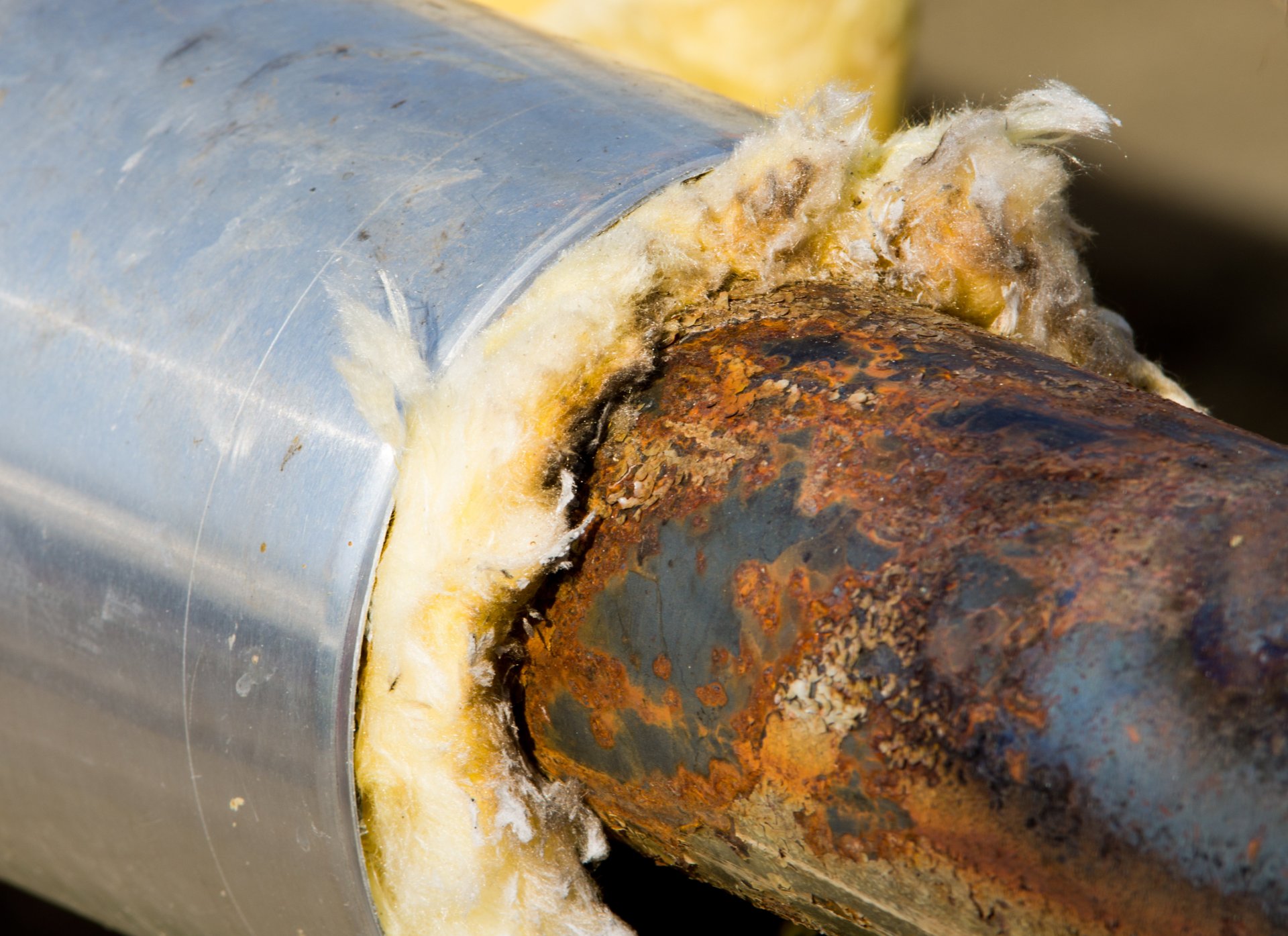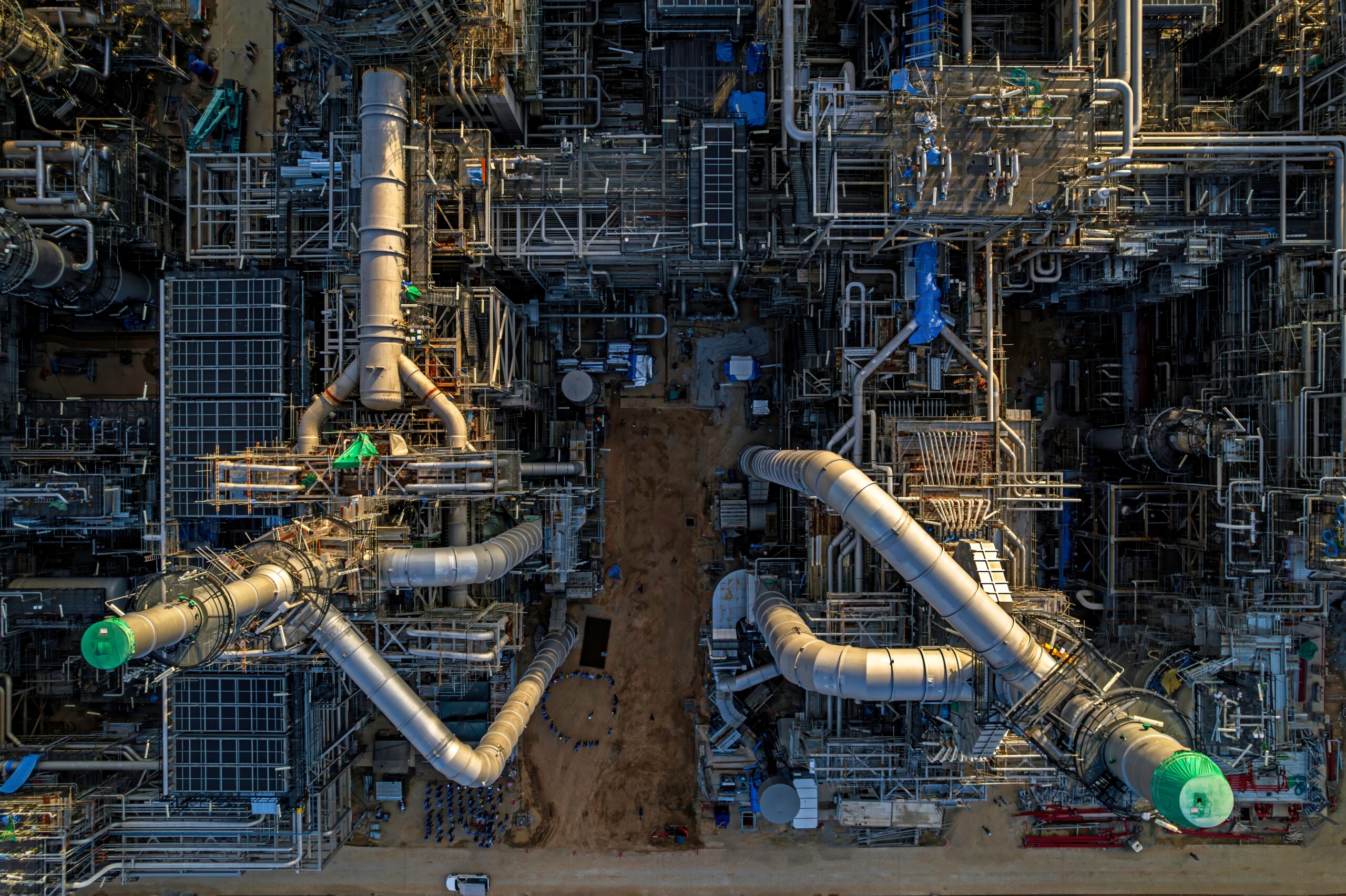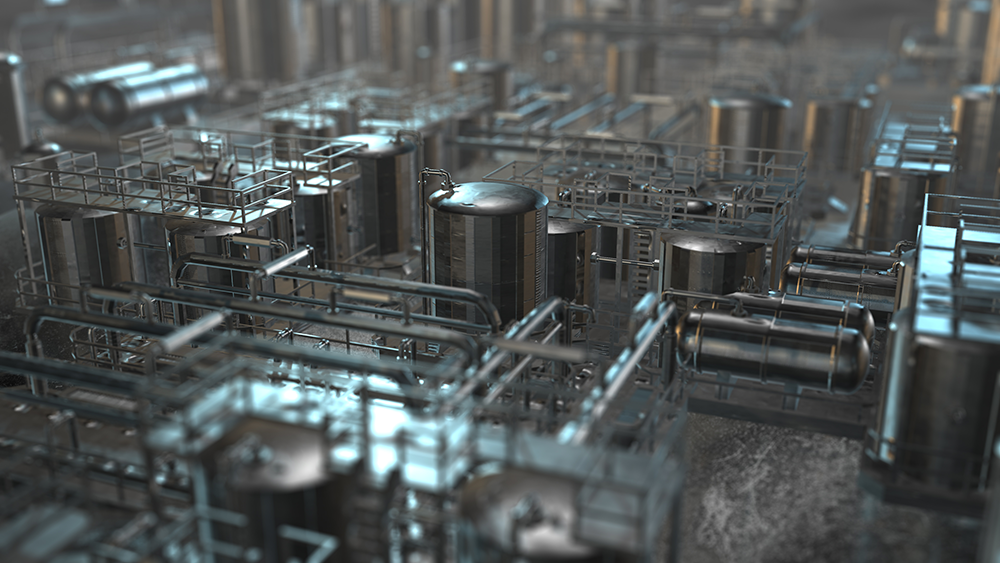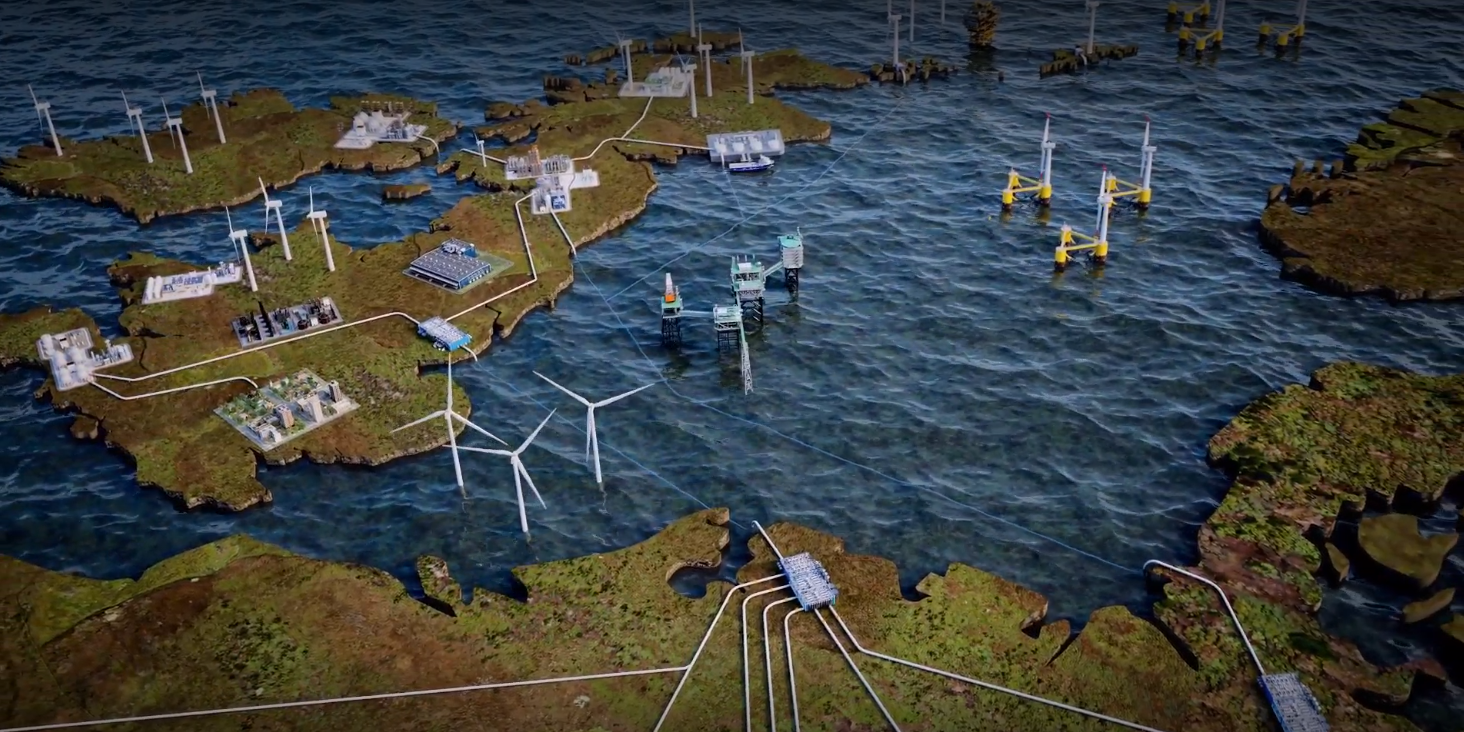NEWS & INSIGHTS | article
A Spotlight on CUI-Fighting Technology

This article was originally published on page 47 of the Spring 2023 edition of Oilfield Technology.
A significant contributor to fugitive emission is corrosion under insulation (CUI) which poses a major operational, safety and economic challenge for operators. Over 20% of the major oil and gas accidents reported within the EU since 1984 were associated with CUI. Many assets on the UK Continental Shelf (UKCS) are operating beyond their expected design life, and 60% of pipe failures are attributed to CUI.
The IEA estimates that, for net-zero to be achieved, fugitive methane emissions need to reduce by 75% by 2030. In addition, early detection and repair of failing pipework will reduce associated fugitive emissions of methane by 14%.
What is CUI?
Regardless of how secure the insulation is, there will inevitably be areas where water can seep in, thereby creating conditions that cause corrosion. Corrosion, especially left undetected, can cause critical damage to production and processing facilities, which can result in the release of harmful chemicals and pollutants into the environment. This can increase emissions and reduce equipment efficiency, leading to increased energy consumption and higher emissions levels.
Evolving methods of monitoring and mitigation
The energy industry has historically relied on manual practices of visual inspection and spot measurement techniques to identify areas prone to CUI. This approach involves periodically removing insulation in selected areas for visual inspection, which is labour-intensive, time-consuming, and costly, especially if scaffolding is required. This technique also heavily depends on operator knowledge, which can add risk, as moisture can travel within insulation, leading to unexpected CUI occurrences.
To overcome these limitations and risks, implementing predictive maintenance enabled by continuous automated monitoring offers significant advantages. Continuous monitoring reduces the need for insulation removal and provides remote data over a long period, leading to reduced costs and increased safety for the industry. By using predictive maintenance techniques, the industry can reduce the risks and costs associated with manual inspection and improve overall efficiency in identifying and mitigating CUI.
At NZTC we’re driving innovation and the energy transition through the development and deployment of technology, supporting several CUI technologies that focus on CUI prevention and monitoring.
Technology under the spotlight
Electro-Magnetic Guided Radar
CorrosionRADAR’s system uses a high-resolution monitoring technology called Electro-Magnetic Guided Radar (EMGR) mounted on the external surface of pipes and vessels to detect, locate, and monitor key indicators that may lead to CUI, such as corrosion on a sensor and moisture in the insulation. It can be retrofitted to existing and ageing assets and installed during the construction phase of new assets.
The key technical innovation behind CorrosionRADAR is a long-thin-flexible sensor that acts as a corrosion coupon to the corrosive environment near it. Specially coded electromagnetic signals are sent through the sensor, and the reflected signals are interpreted using proprietary algorithms to locate corrosion. The sensor is permanently installed alongside a pipe or any other complex structure. The system identifies corrosion-prone locations, corrosion rate, and future projections using historical moisture profiling along a pipe’s axis. The data can be accessed through a cloud dashboard or reside in a local server at the client’s premises.
A flexible solution that can be applied in different configurations depending on the asset and the coverage needed, it can also be applied to cold pressure vessels and pipes insulated with cellular glass. Once installed, the sensor becomes a representative sample of the pipe corrosion before catastrophic corrosion levels occur, providing more data-driven risk-based inspections. The system locates corrosion-prone sites, and inspectors can interpret this data to evaluate any risk to the pipe based on field conditions, such as pipe protection reliability and age. Current risk-based inspection (RBI) approaches in plants require vast amounts of time and money to ensure safe operation, particularly when inspecting insulated columns, where significant scaffolding and safety measures are needed to gain access and inspect for CUI.
For example, a partial strip of installation for spot checks and non-destructive testing is required every five years, with a full asset strip required every ten. Any test that finds as little as 5% damage may result in full insulation stripping, costing up to £1 million, depending on column height and complexity. Remote monitoring of CUI risk is excellently suited for this type of application. The monitoring systems long, thin, flexible sensors are installed adjacent to the asset, underneath the insulation.
The data from the sensors enables early detection and localisation of areas of CUI, allowing time for careful planning of repairs. This vastly reduces maintenance costs while increasing asset uptime. System installation is fast and may be carried out during planned asset turnarounds, significantly reducing the cost of adoption.
CorrosionRADAR has successfully demonstrated the technology, having detected a CUI prone location with medium corrosivity levels below a nozzle on a column for a client. The system detected localised water ingress and corrosivity rates inside the insulation which seemed perfectly good upon visual inspection. The result led to a very targeted inspection using rope access during the next inspection cycle. The estimated return on investment is 55%, more importantly this assures the client of the healthy condition of insulation on most of the column and avoids future unnecessary inspections.
CorrosionRADAR is currently undertaking further field trials with a UKCS operator.
Pi from SubTera
SubTera’s Pi technology was selected for support as part of our 2022 Open Innovation Programme, which awarded over £8 million to develop and deploy technologies that will reduce offshore emissions, accelerate clean energy production, and enable the delivery of the UK’s net zero ambitions. The project has secured support from five UKCS operators for on and offshore field trials.
Pi, SubTera’s CUI and moisture detection sensor is a passive inspection tool that measures sub-terahertz photons naturally emitted by concealed corrosion and moisture. It enables the inspection of assets fitted with non-metallic cladding while operational. Pi can be used in a freehand mode to inspect prone areas or locations with complex geometries. Pipework can be fully inspected by combining multiple real-time linear scans into a single inspection dataset; this is managed efficiently through operator software workflows.
The data can be exported in standalone documents or as data files for integration within external reports. As part of an independent blind trial of Pi, a corrosion scab was developed from first principles. An accelerated corrosion process was used, whereby a corrosive solution was dripped directly onto an uncoated area of an insulated pipe heated to 80°C. Pi was used to inspect the pipe at regular intervals during the project, and analysis of the sensor data enabled SubTera to correctly identify the location of the CUI while the insulation and cladding were fitted.
During the project, with the pipe temperature maintained at 80°C, SubTera witnessed a small volume of water (50ml) being injected into the mineral wool insulation, after which the cladding was reapplied. The following day, Pi was used to inspect the pipe section, and the sensor data showed significant changes in the area around the water injection point, again without requiring the cladding to be removed.
The pipe section used during the project was fitted with mineral wool insulation and non-metallic cladding, which are commonly found on pipework and vessels used throughout the chemical, energy, and process industries.
Copsys Intelligent Digital Skin
Copsys Intelligent Digital Skin is another technology selected through our 2022 Open Innovation Programme. It is a unique coating system that can be used for several applications, including mitigating and managing CUI.
Once installed, the technology can detect and locate coating barrier damage or CUI hotspots in real time before corrosion damage can occur. The integrated impressed current cathodic protection within the coating creates an entirely new category of continuous sensor technology. Consisting of an epoxy resin with Copsys proprietary additives and proprietary polyamine hardener, Copsys Intelligent Digital Skin is the first technology to detect and locate coating damage digitally.
When the skin is damaged, a signal is sent to an electronic controller, which processes it to locate the damage. The digital skin coating then provides additional protection to the pipework. Copsys Intelligent Digital Skin has received interest from industry, and field trials with four UKCS operators are scheduled to take place in 2023.
Conclusion
Reducing CUI is essential for the offshore industry to achieve net zero emissions and maintain high levels of safety. Technology has significantly advanced over the last decade from predictive maintenance implementation to automated monitoring techniques. Industry has come a long way and we now don’t need to remove insulation thanks to remote data collection, analytics over extended periods and moisture and corrosion detection tools that offer real-time results, bringing long-term cost savings and increasing safety. Achieving a sustainable net-zero future requires a tailored approach as there is no universal solution for reducing the risk of catastrophic failures. A combination of various technologies can be employed to mitigate the risk and promote a more sustainable future.
Subscribe for the latest updates


